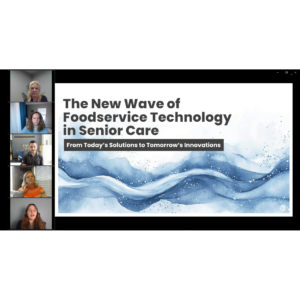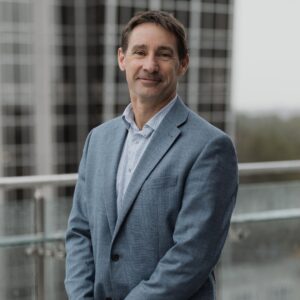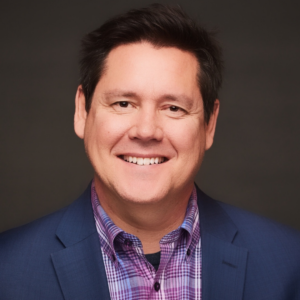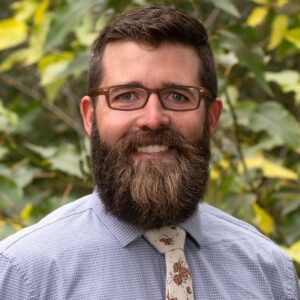Forecast is for greater adoption of NPWT
Smith & Nephew, a global medical technology business, brought together 115 healthcare professionals for a summit on negative pressure wound therapy (NPWT). The summit, entitled "“Unlocking the Potential of NPWT," was held earlier this month and provided a forum for participants to explore pathways to greater adoption of NPWT for the treatment of traumatic, chronic and post-surgical wounds.
According to a report of the summit posted on Smith & Nephew's website, a highlight of this year's summit was a survey which garnered responses from 92 participants.
Among the most noteworthy findings:
• 91 percent are actively seeking to implement innovative wound treatments that will lower costs and improve patient outcomes.
• 89 percent believe that up to 75 percent of all wounds they treat could be treated more effectively with NPWT.
• 82 percent agree that improved healing is NPWT’s greatest benefit to patient care; 11 percent said that the greatest benefit was shortened length of stay. (The survey technology allowed for only one response per question.)
• 81 percent said that NPWT has the potential to reduce the overall cost of wound care.
• And 76 percent agree that it is important for NPWT to expand beyond its current use. Of the broad areas in which NPWT is most commonly used, 22 percent believe that general surgery includes the most promising, potential new uses for NPWT; 19 percent said plastics, 19 percent podiatry and 16 percent orthopaedics.
When asked which single factor could expand access to NPWT in their facilities, 39 percent of participants indicated that reduced cost would help the most, followed by ease of implementation of treatment (26%) and easier access to the technology (22 percent). The top three factors that would increase the individual clinician’s use of NPWT were improved patient access to NPWT (39 percent), reduced cost (32 percent) and increased clinical indications (11 percent).
The trend toward smaller devices also is an important factor, according to the participants. “The single biggest benefit to our patients from NPWT is mobility,” said Raymond Dunn, MD, chief of plastic and reconstructive surgery at UMass Memorial Medical Center. “Now we’re able to isolate a wound and get patients up and out of the hospital sooner, using a device the size of a cell phone rather than a briefcase to keep the NPWT dressing intact. All of this has made a massive difference in patient outcomes.
“Patients have to recover not only from wound issues but from being immobilized in bed,” he added. “Being able to get up and walk around can decrease morbidity tremendously by accelerating overall recovery.”
Related Articles
Topics: Technology & IT











